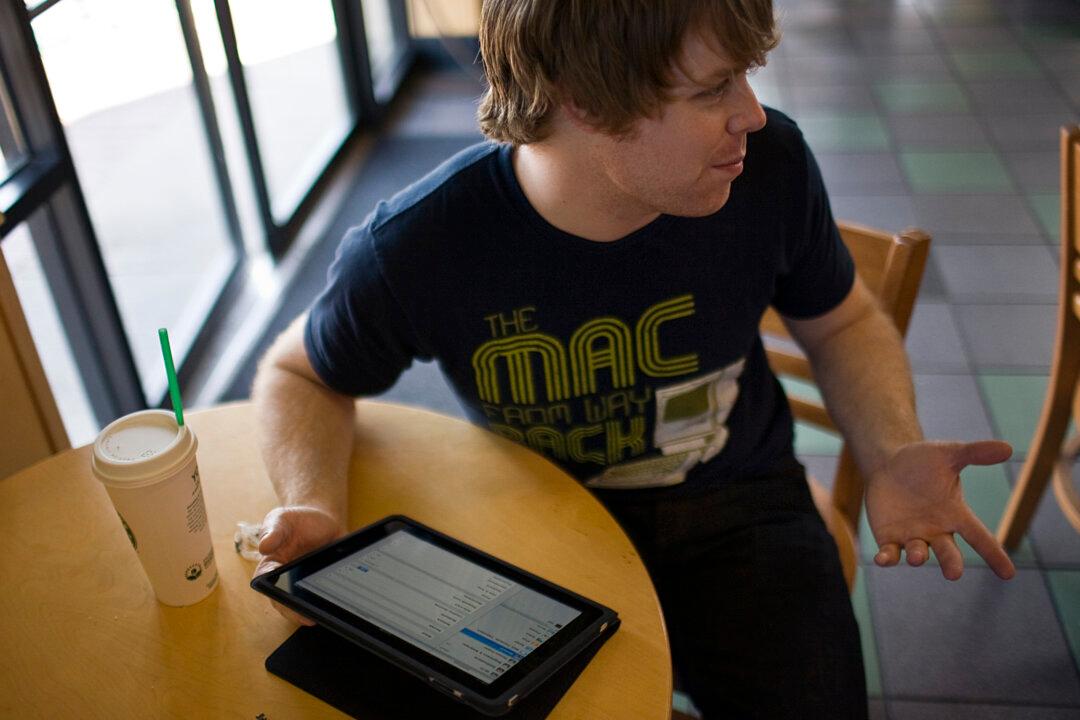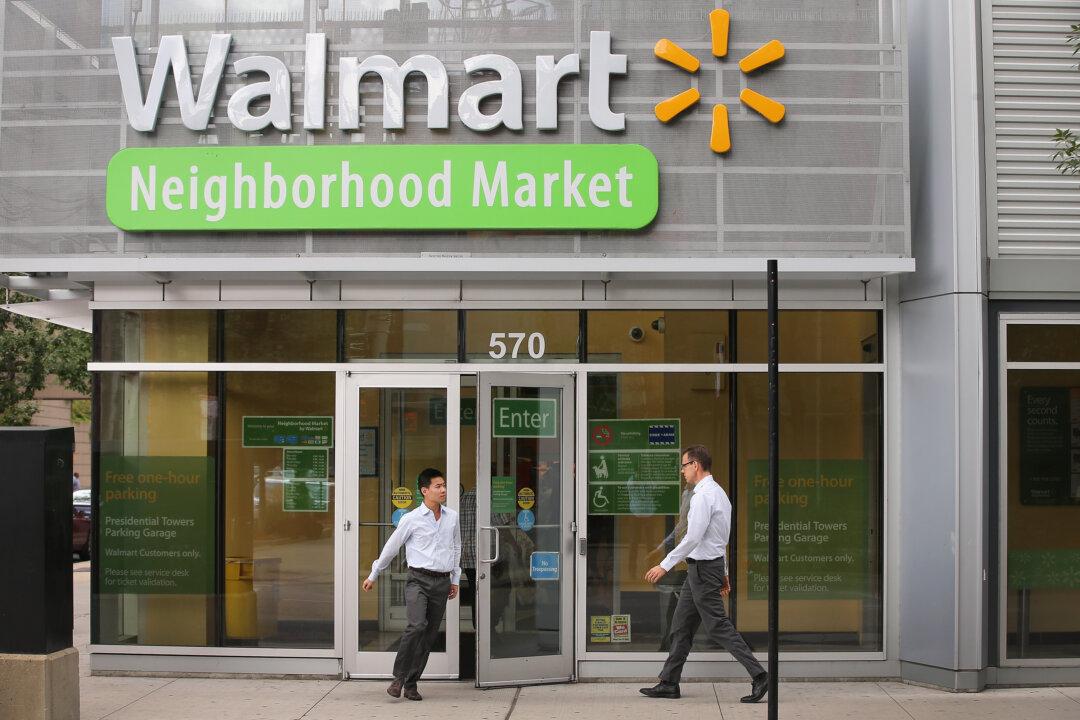Few topics burrow deeper into the minds of marketers these days than online ad blocking and ad fraud.
For advertisers, they’re costly and can negatively impact the bottom-line. They become even more frustrating given digital consumption continues to rise and these issues will persist and escalate if not managed properly.
As consumers endure to demand control of their experiences, they are also looking to control the messaging they see. Ad blocking is a service by which consumers can block a given ad on a web page. Hence, the advertiser now has the burden of ensuring their message is relevant and provides an authentic experience in the hope that the consumer will not want to block the message. The problem with ad blocking hasn’t spread to mobile devices to the same degree since the majority of consumers have yet to install ad blocking on their smartphones.
Based on data from eMarketer, ad fraud cost the advertising industry $7.2 billion. While this is a huge number, it is notable to state that ad fraud is decreasing each year. The purpose of advertising is to ensure that the desired audience sees the ad. If it is not viewed, it cannot provide any impact against the consumer to influence a purchase.



